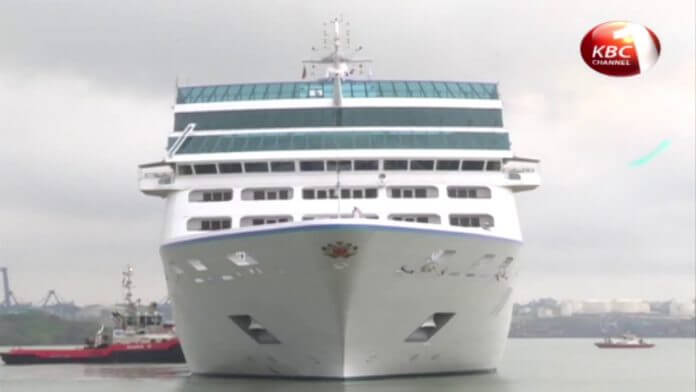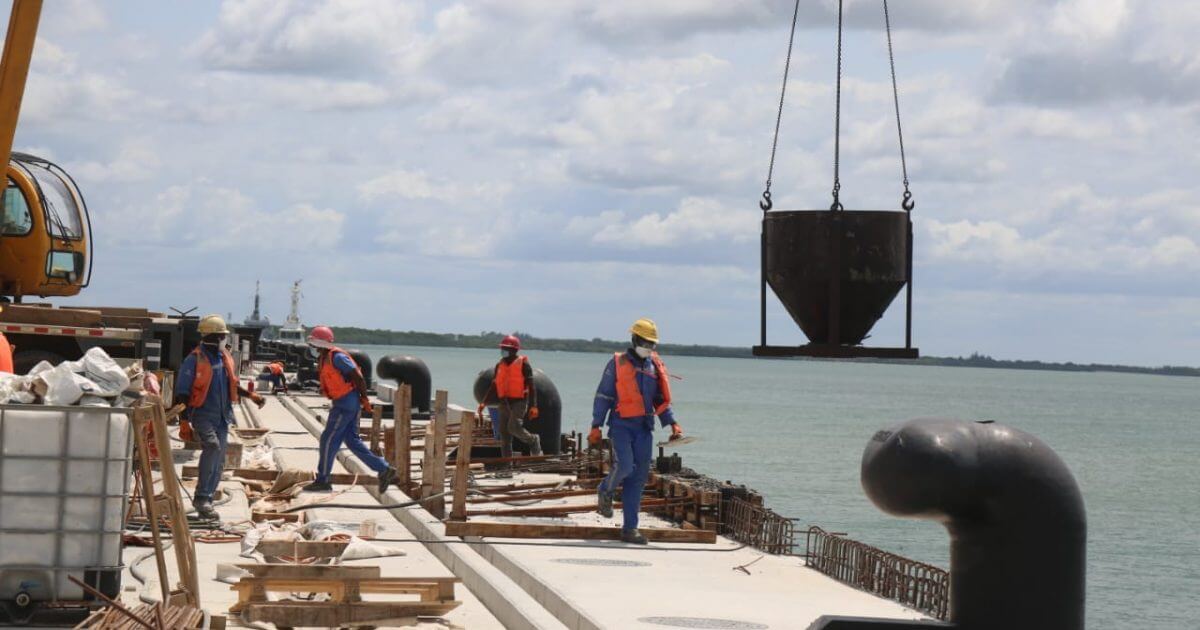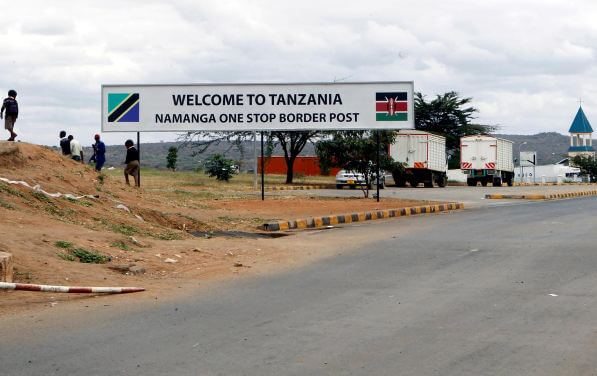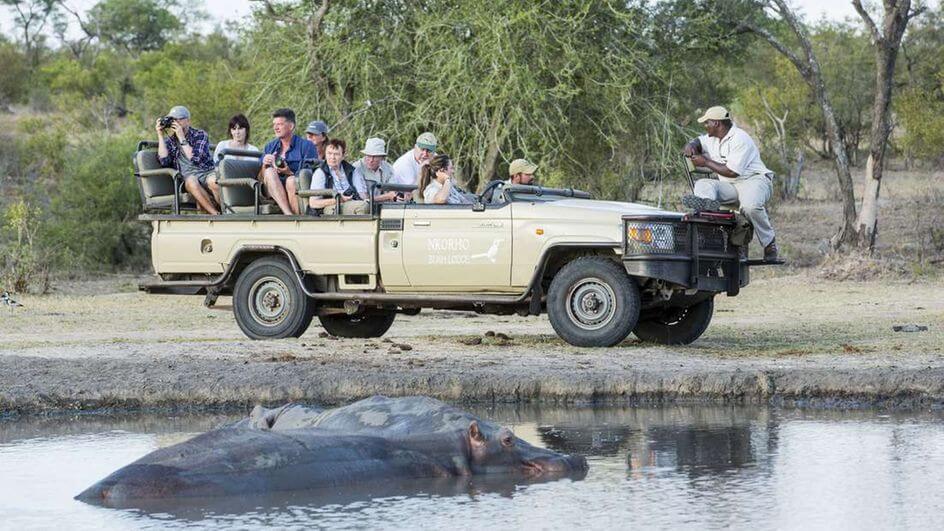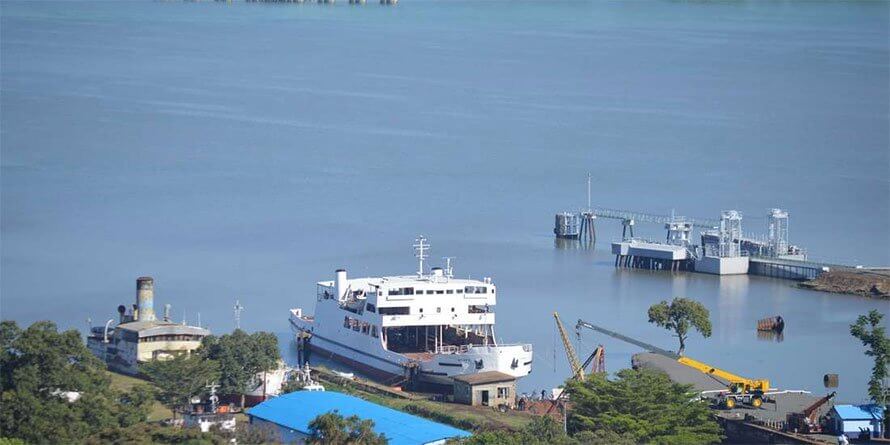Illicit trade has a detrimental impact on the substantial growth of legitimate business in the country. Not only does it negatively impact our economy but has also proven hazardous to the health and safety of the citizens of this country. A review of a recent study by the Anti Counterfeit Authority (ACA) demonstrates how illicit trade has infiltrated the sustainability of our local enterprises. The study highlights that 7,484 jobs were lost between 2016 and 2018 as a result of illicit trade. The report also states that losses as a result of pirated products stood at Sh2.2 billion over the same period, with the government losing KSh 102.99 billion in revenue in 2018. Illicit trade manifests itself in six major and interrelated ways: smuggling, transit fraud/dumping, trade in prohibited goods or products, illicit cash flows, human and wildlife trafficking, trade in small arms and light weapons and counterfeiting, piracy and substandard goods. Industry continues to grapple with illicit trade in the forms of smuggled, counterfeit and substandard goods. And even at this time when we are facing a pandemic, it is discouraging to note that we have seen an upsurge in the vice as a result of the supply gaps created by some containment measures. Such is the case, that counterfeiters have taken advantage of the increased demand for Fast Moving Consumer Goods as well as closure and time restrictions on the operations of some sectors. Combating illicit trade continues to be a challenge locally, regionally and globally. The Business...
Public-Private Partnerships Key In Combating Illicit Trade
Posted on: July 22, 2020
Posted on: July 22, 2020



